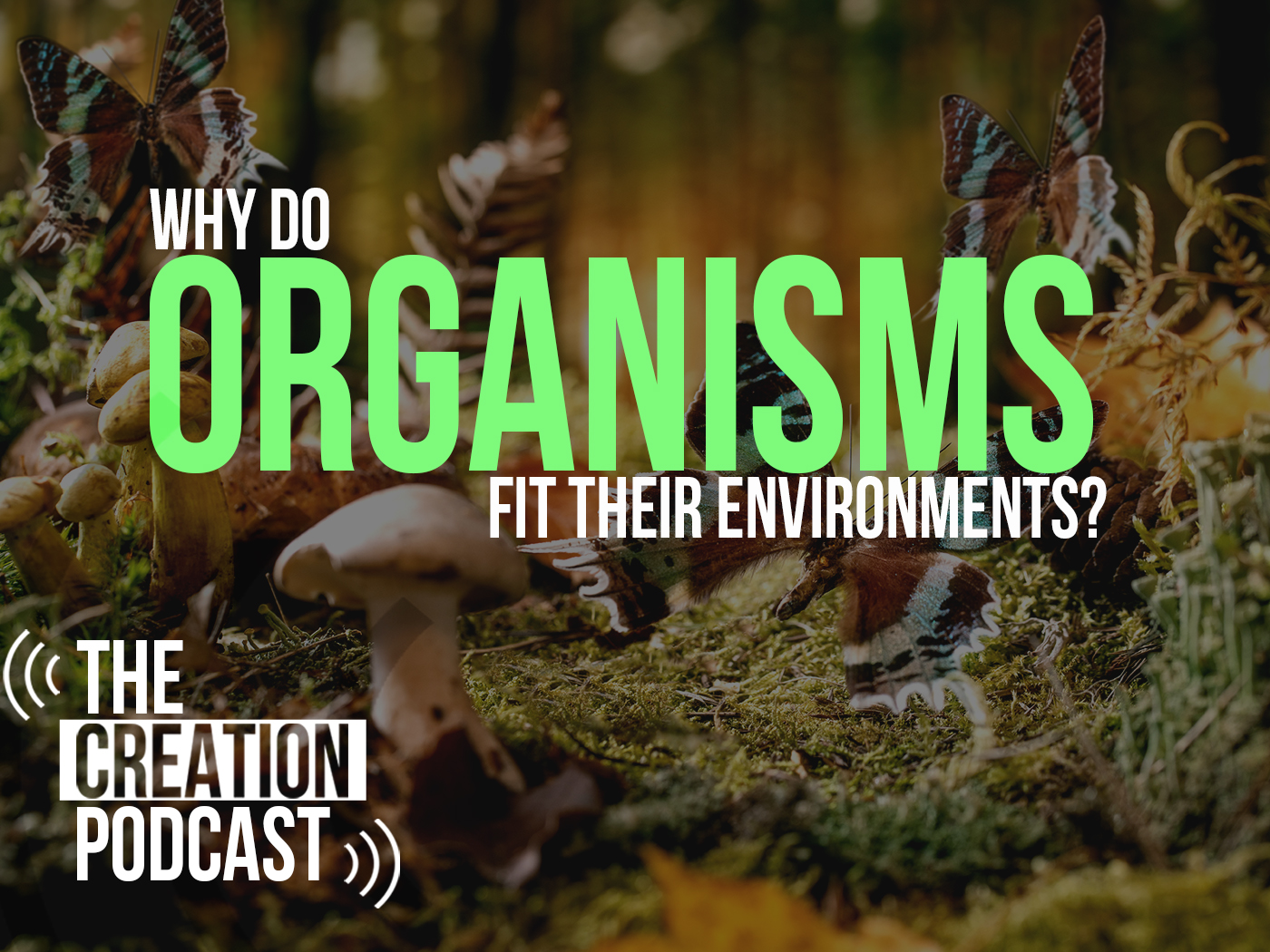James J. S. Johnson, J.D., Th.D., and Tim Clarey, Ph.D.
A recent study published in the journal Frontiers in Earth Science indicates that North America was once home to large populations of camelids (creatures such as camels, llamas, and alpacas) and antelope-like animals.1,2
Once again, we should be amazed with how God has equipped the camel—and its cousins—to dwell and thrive in many parts of the earth.3
A new study looking at extinct camelids—ancestors of today's camels and llamas—tells the story of North America's ancient savannas …. Although savanna habitats (treed grasslands) are only found in the tropics today, … during the Miocene epoch, savanna ecosystems, similar to those of modern Africa, existed in the mid latitudes of North America. At their peak … they were comparable in their mammalian diversity to that of the Serengeti today.2
These findings, ecologically speaking, fit the expectations of biblical creationists, who have recognized that the world’s pre-Flood ecosystems were—as compared to today—usually warmer with more creatures and flourishing vegetation.4,5
However, this secular study has interpreted the paleo-biological findings as indications of what Earth was like tens of millions of years ago.1,2
Lead author of the research, Nuria Melisa Morales-García from the University of Bristol, said: "The North American savannas housed a vast diversity of camelids. In fact, camelids actually originated and first diversified in North America where they lived for more than 40 million years and were incredibly successful and widespread."2
Of course, it has been well-known that camels lived among vast regions of the Eastern Hemisphere since Old Testament patriarchal times.6
Yet, this new study has claimed that members of camelids (the camel super-family) as well as antelope-like mammals, once roamed the grasslands of North America.
The study, published in Frontiers in Earth Science, is the work of palaeo-biologists at the University of Bristol and the University of Helsinki. It provides the first quantitative characterisation of the ecomorphology of a group of large herbivorous ungulates (i.e. hoofed mammals) known as artiodactyls, which includes camels and antelope, from ancient North American savannas and how they compare with their counterparts from the present-day African savannas, such as the Serengeti.2
Making uniformitarian assumptions, the paleo-biologists compared the remains of the ancient mammals by measuring “skulls, jaws and limb bones of dozens of extinct North American artiodactyls, including camelids, and compared them with those living today...."2
Then body sizes and weights of modern animals, having similar bones, were used to estimate what the body sizes and weights were of the now-extinct mammals.1
"The Serengeti mammals are very well known to research: we know how they live, how they eat and we have all their measurements. By using what we know about them, we can make solid inferences on how the extinct artiodactyls of North America were behaving," said Professor Christine Janis, from the University of Bristol's School of Earth Sciences and supervising author of the study.2
But can you really glean behavior from the bones? These scientists are making assumptions steeped in uniformitarian thought. Just because we find camel fossils does not mean they were living there in a modern savanna-style environment. In a Flood model, we interpret these camel fossils as a consequence of water transport and burial.
Furthermore, our researchers at ICR interpret the Neogene as the part of the receding phase of the Flood.7 We think these camel fossils were swept off the uplands of North America during the latter stages of the Flood. These pre-Flood uplands encompass much of Eastern Canada.7
Camelids are also ruminant herbivores with three-chambered stomachs for eating, regurgitating, and then re-chewing plants. Vegetation that is indigestible to many animals can nourish camelids, thanks to these well-designed digestive systems, which equip camelids to graze, browse, and thrive on hard-to-digest cellulose-dominated grasses that grow nearly anywhere, including savannas, steppes, and scrublands today.1
The camelid family includes Bactrian and dromedary camels, alpacas, llamas, guanacos, and vicuñas.1 Camelids are hoofed animals whose weight, when standing or walking, is borne on two of their five toes. Other than camels, the Western Hemisphere now hosts a mix of camelids, particularly South America’s llamas, alpacas, guanacos, and vicuñas.
Of course, for many years, creationists have been saying that the pre-Flood world was dominated by levels of lush vegetation that are much more comprehensive and intense than what we have seen after the Flood.4,5
We may not know the exact types of plants the camelids ate in the pre-Flood uplands, but we can assume it was grasses and other flowering plants because we commonly find their fossils in the same Neogene rocks globally. Just because camelids commonly live in savannas today, doesn’t mean these same types of environments existed in the pre-Flood world.
So, whether we examine the camelids of the past—or the camelids of today—we see that God equipped them to be fruitful, multiply, and fill parts of the earth that can be fitted to their plant-digesting bodies. Camels are famous for being hardy!
Each of these creatures, past or present, is an exhibit of God’s genius and caring providence. As creation biologist Frank Sherwin observes: “Camels—including the llama, a domesticated member of the camel family—are truly part of the world of animals whose design features magnificently reflect the mind of their Creator.”3
References
1. Morales-García, N. M., L. K. Säilä, C. M. Janis. 2020. The Neogene Savannas of North America: A Retrospective Analysis on Artiodactyl Faunas. Frontiers in Earth Science. Posted on frontiersin.org June 5, 2020, accessed June 12, 2020.
2. Staff writer. Extinct Camelids Reveal Insights about North America's Ancient Savannas. University of Bristol. Posted on Bristol.ac.uk June 10, 2020, accessed June 12, 2020.
3. Sherwin, F. 2010. The Created Camel. Acts & Facts. 39(9): 16. See also Weston, P. 1997. Camels: Confirmation of Creation. Creation Ex Nihilo. 19(4): 26-29.
4. Johnson, J. J. S. Frog Fossils Found in Antarctica! Creation Science Update. Posted on ICR.org May 6, 2020, accessed June 12, 2020.
5. Clarey, T. 2020. Flood Model Solves Antarctica Rainforest Mystery. Posted on ICR.org May 29, 2020, accessed June 29, 2020.
6. Genesis 12:16, 24:10-64, 30:43, 31:17, 32:15.
7. Clarey, T. 2020. Carved in Stone: Geological Evidence of the Worldwide Flood. Dallas, TX: Institute for Creation Research.
*Dr. Johnson is Associate Professor of Apologetics and Chief Academic Officer at the Institute for Creation Research, and Dr. Clarey is Research Associate at the Institute for Creation Research and earned his doctorate in geology from Western Michigan University.























